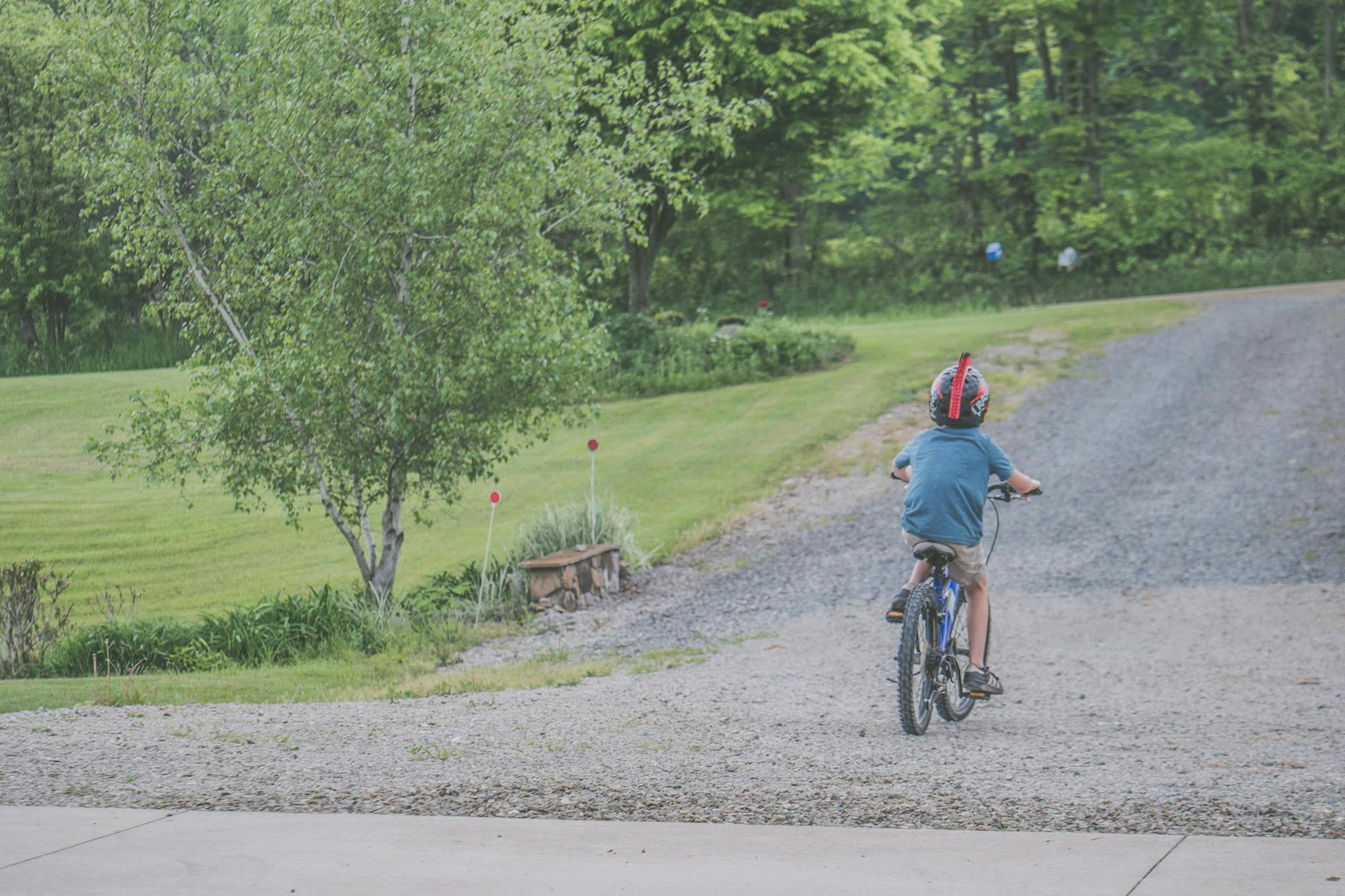Discover the essential tips for keeping yourself and your little ones safe while cycling together. Ride smart, ride safe!
Table of Contents
Introducing children to the joy of cycling is a wonderful way to encourage physical activity and outdoor exploration. However, ensuring their safety while riding a bike is paramount. From choosing the right bike size to teaching proper cycling etiquette, there are several key factors to consider when cycling with kids. In this guide, we will explore how to choose the right bike size for children, essential safety tips for cycling with kids, and the best balance bikes for 2-year-olds. Let’s dive in and learn how to ride smart and ride safe with your little ones!
Choosing the Right Bike Size for Children
When it comes to selecting the appropriate bike size for your child, there are several factors to consider. A bike that is too large or too small can be uncomfortable and potentially dangerous. Here are some tips for choosing the right bike size:
First, consider your child’s age and height. Different age groups require different bike sizes to ensure a comfortable and safe riding experience. For example, a 2-year-old will need a smaller bike compared to a 6-year-old.
Next, pay attention to the seat height and handlebar position. The seat should be adjusted so that your child can touch the ground with both feet when sitting on the saddle. The handlebars should be at a comfortable reach and height to ensure proper control while riding.
It is also important to measure your child’s inseam to determine the appropriate bike size. Measure from the crotch to the floor and match it to the seat height of the bike. This will help prevent any discomfort or difficulties in reaching the pedals.
Safety Tips for Cycling with Kids
Ensuring the safety of your child while cycling is crucial. By following these safety tips, you can create a secure and enjoyable biking experience for your little one:
Always make sure your child wears a properly fitted helmet. Helmets are essential for protecting the head in case of falls or accidents. Make sure the helmet fits snugly and sits level on your child’s head.
Teach your child basic bike safety rules, such as using hand signals, obeying traffic signs, and staying alert while riding. By instilling good cycling habits early on, you can help your child become a responsible cyclist.
Choose safe cycling routes that are suitable for children. Avoid busy roads with heavy traffic and opt for designated bike paths or quiet neighborhood streets. Always supervise your child while cycling and set a positive example by following safety guidelines yourself.
Best Balance Bikes for 2-Year-Olds
Balance bikes are a fantastic way to introduce young children to cycling. These pedal-less bikes help children develop balance and coordination skills before transitioning to pedal bikes. Here are some recommended balance bikes for 2-year-olds:
The Strider 12 Sport Balance Bike is a popular choice for toddlers. It features an adjustable seat and handlebars, making it suitable for children as young as 18 months. The lightweight design and puncture-proof tires make it easy for little ones to maneuver.
The YBIKE Pewi Walking Ride-On Toy is another great option for toddlers. This unique ride-on toy can be used as both a balance bike and a walking aid, helping children improve their balance and motor skills. The Pewi is suitable for children aged 1-3 years old.
Overall, balance bikes are an excellent way to introduce young children to the world of cycling. By starting with a balance bike, children can build confidence and coordination, setting them up for success when they transition to pedal bikes.
Conclusion
When it comes to cycling with kids, safety should always be a top priority. By choosing the right bike size, following essential safety tips, and introducing your child to balance bikes at a young age, you can create a positive and secure cycling experience for your little one. Remember to always wear a helmet, teach good cycling habits, and supervise your child while riding. With these tips in mind, you can ride smart and ride safe with your child by your side.

